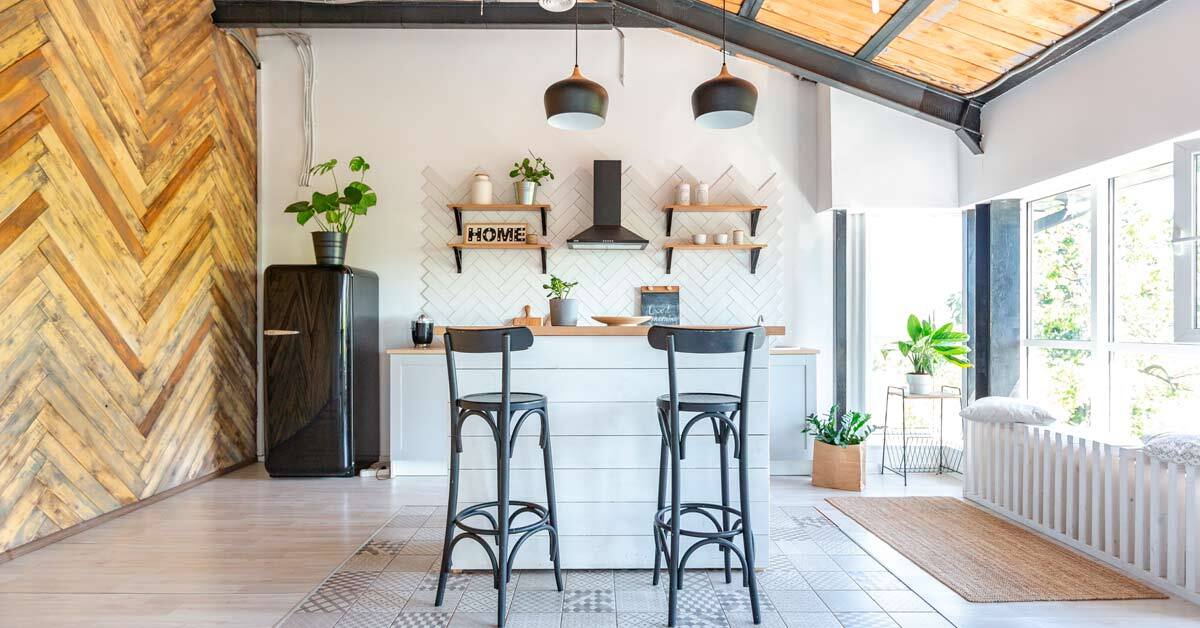Life after the Covid-19 pandemic won’t be the same anymore, and it’s extremely clear we are all waiting for this new beginning.We are constantly hearing lots of predictions – some more optimistic than others, but almost every one of them agrees that our habits will change along with our homes.Ivy Ross, vice president of the Hardware Design division at Google, leads a team developing products for future homes and, at the Vitra Summit 2020, she presented her panel “The New Dynamics of the Home”.The Vitra Summit 2020 took place on 22nd and 23rd October and the main objective of this event was to take a look at possible future living models, in both urban and private living spaces.The summit opened with these words:
“This year and the current COVID-19 pandemic have radically changed our perception of space. We started avoiding places we share with strangers and we had to rethink our idea of domestic space. Our homes suddenly became a place in which to work, spend time with the family, learn, celebrate, grieve and more – all at the same time.“
Ivy Ross discussed this topic further in an interview with Fastcompany.com, explaining how our homes will change after COVID-19.
The rise of flexible homes
“What this has shown us is that things can change in the blink of an eye. And what we’re going to want to do is be more prepared for flexibility. What was our home has to become an office or a schoolroom.”
So how do we build the most flexibility into our environments so they can accommodate different modes of being?Ross explains how this question is not entirely new and doesn’t only refer to our situation during this pandemic.For some time now, interior design projects have been trying to create lots of different functionalities inside micro-apartments.This trend also includes the City Home from MIT project – a modular home that you control with a wave of your hand – developed by the startup Ori.Ori builds automated models that can open up your bed and hide your wardrobe every time you want.https://youtu.be/f8giE7i7CAE
“Design is about solving problems. So I’m very excited about some of the ways I’ve seen them being solved. Like a dining table that can collapse and become a desk, but also has a way of popping up a privacy screen. I think we’ll see a lot more multifunctional objects.”
The partial closing of open spacesTalking about the idea of flexible design, Ivy Ross also discussed how the concept of “open plan” had been a strong trend for many years in offices as well as for private homes.However, this approach was challenged by the current situation as social distancing has been shown to be important when faced with COVID-19. Ross goes further, imagining that our homes will also probably head in this direction, even if to a lesser degree.
“I think we’re going to create things like a bookshelf on wheels that can become the room divider. I don’t think we’re going back to small rooms, but I think we’ll be clever about how objects can serve various purposes when needed.”
It will be impossible for every single business or private home to redesign an entire space quickly.However, single objects can help if used in different ways, especially if they are designed not to clutter our life.
“At Google, we are looking not just at furniture but how all things can be multiuse. Can you do with fewer things that do more?”
The quest not just for comfort but balanceIvy Ross believes that the current situation is not just a public health crisis but also represents an existential crisis for people.The current moment is making us re-evaluate our fundamental values and how they affect the environment around us.
“Did we go too far in all of these things? Can you find the balance between the simplicity of modernist forms and the familiarity of more organic, natural shapes in cozy materials?”
In many ways, these are ideas that Ivy Ross has been endorsing at Google for years, pushing the company towards the design of softer and more tactile objects avoiding the temptation to embrace high-level maximalist design even before COVID-19 encouraged the questioning of this approach too.According to Ross, during the design process, the objective should be to create an object that “makes you feel something when you look at it. Have a visceral reaction”.This doesn’t mean experiencing a sense of shock or challenge, as might happen when looking at a work of art, but instead experiencing a more positive and enriching feeling.Ivy Ross believes that balance can be found in everything, and the key is to listen to the universe as it tells us “Let’s find it!”.In 2019, at the Milan Furniture Fair, Ross presented an installation called “A Space for Being” that made people sit in three different living rooms and then measured their unconscious neurological response.The idea was to teach the visitors how their physiology would respond to the colours, patterns and shapes around them.
“Who knew at the time that right now, we’d just be sitting in our houses?”
The current pandemic is pushing the world towards minimalism and the use of objects and spaces for different functions.We are going towards neutral materials coming from sustainable supply chains like cotton clothing and wooden furniture, and towards smaller spaces, easier to clean and disinfect.

